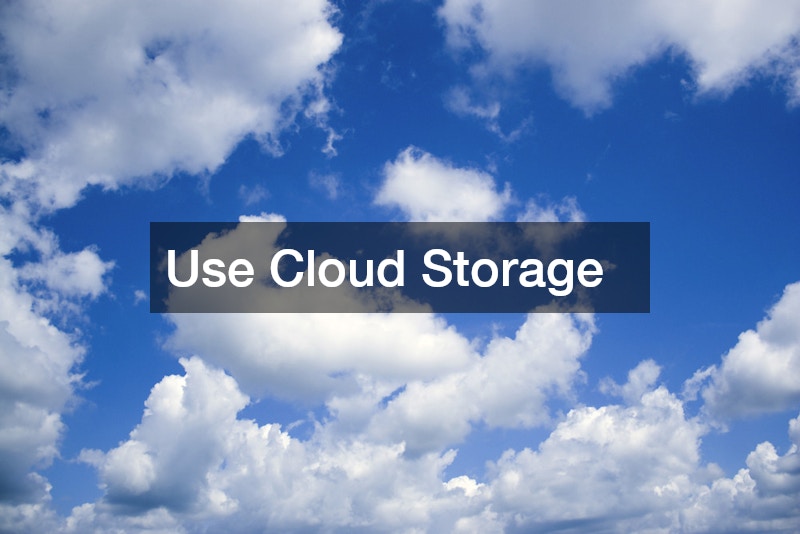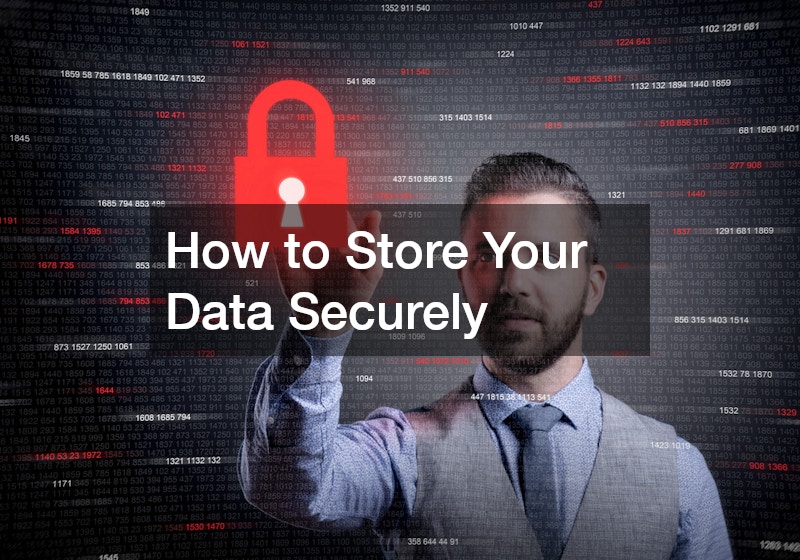In our increasingly digital world, securing your data is more critical than ever. Whether you’re an individual looking to protect personal files or a business handling sensitive client information, understanding how to store data securely can safeguard against data breaches, loss, and unauthorized access. Here are essential strategies and best practices for ensuring your data remains safe and secure.
Understand Your Data
Before diving into storage solutions, it’s crucial to understand the nature of your data. Classifying your data based on sensitivity and importance can help determine the level of security required.
For example:
Public Data: Information that can be freely shared, such as marketing materials or product descriptions.
Internal Data: Company information not meant for public sharing, including internal policies and procedures.
Sensitive Data: Personal information, financial records, and confidential business data that require robust protection.
By understanding what type of data you have, you can implement appropriate security measures tailored to each category.
Use Strong Passwords
Passwords are the first line of defense against unauthorized access to your data. Ensure you use strong, unique passwords for each of your accounts and systems. Here are some tips for creating strong passwords:
Length and Complexity: Aim for at least 12-16 characters, combining uppercase and lowercase letters, numbers, and special characters.
Avoid Common Words: Steer clear of easily guessable information like birthdays, names, or common words.
Use a Password Manager: These tools can generate and store complex passwords, making it easier to manage your accounts securely.
Enable Two-Factor Authentication (2FA)
Two-factor authentication adds an extra layer of security by requiring a second form of verification before accessing your accounts. This can include:
SMS Codes: A code sent to your mobile phone that you must enter after your password.
Authenticator Apps: Apps like Google Authenticator or Authy that generate time-sensitive codes.
Biometric Verification: Using fingerprint or facial recognition for access.
By enabling 2FA, even if someone manages to obtain your password, they won’t be able to access your accounts without the second form of verification.
Choose the Right Storage Solutions
Selecting appropriate storage solutions is essential for data security. Here are several options to consider:
1. Cloud Storage
Cloud storage providers like Google Drive, Dropbox, and Microsoft OneDrive offer convenience and scalability. However, it’s essential to choose reputable providers with strong security measures, such as:
Encryption: Ensure your data is encrypted both in transit and at rest.
Access Controls: Use settings that limit who can access your files.
Regular Backups: Choose a service that regularly backs up your data to prevent loss.
2. External Hard Drives
External hard drives provide a physical backup for your data. To secure data on these devices:
Encrypt Your Data: Use software to encrypt files stored on the external drive, making them unreadable without the correct password.
Keep It Offline: When not in use, disconnect the drive from your computer to prevent unauthorized access.
3. Network Attached Storage (NAS)
NAS devices allow you to store data on your local network, offering control and flexibility. To enhance security:
Set Up User Permissions: Control who can access what data on your NAS.
Regularly Update Firmware: Ensure the device runs the latest firmware to protect against vulnerabilities.
Regularly Back Up Your Data
Backing up your data is vital for recovery in case of loss due to accidental deletion, hardware failure, or cyberattacks. Here’s how to implement a robust backup strategy:
Use the 3-2-1 Rule: Keep three copies of your data (1 primary copy and 2 backups), use two different storage media, and store one backup offsite (e.g., in the cloud or at a different physical location).
Automate Backups: Use software to schedule regular backups, ensuring that your data is consistently saved without manual intervention.
Implement Data Encryption
Data encryption transforms your information into unreadable code, making it inaccessible without the proper key. Here are ways to implement encryption:
Full Disk Encryption: Use tools like BitLocker for Windows or FileVault for Mac to encrypt the entire hard drive.
File Encryption: Encrypt individual files or folders using software like VeraCrypt or AxCrypt for added security.
Educate Yourself and Your Team
If you’re managing a team, ensuring everyone understands data security is vital. Conduct regular training sessions on topics like:
Recognizing Phishing Attacks: Teach employees how to identify fraudulent emails and links.
Secure Data Handling: Emphasize best practices for handling sensitive information.
Incident Response: Provide guidelines for reporting security incidents promptly.
Monitor and Audit Access
Regularly monitoring who accesses your data can help identify unauthorized access attempts. Implement logging features that track:
Access Logs: Keep records of who accessed what data and when.
Audit Trails: Review logs periodically to identify unusual patterns or unauthorized attempts to access sensitive information.
Stay Updated on Security Practices
The landscape of data security is constantly evolving. Stay informed about the latest trends, threats, and security practices by:
Following Security Blogs: Subscribe to cybersecurity blogs and news outlets to receive updates on potential threats.
Participating in Webinars and Workshops: Engage in educational opportunities to enhance your knowledge of data security.
Watch the video above to learn more about how to store your data securely!.













